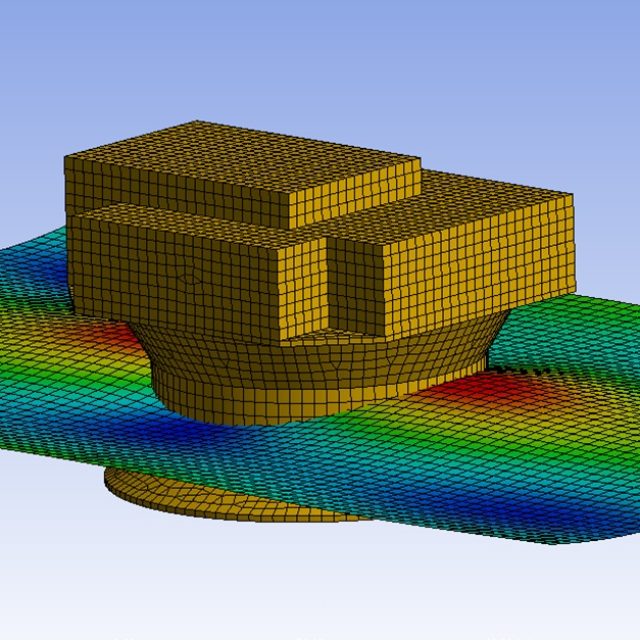
Why you should incorporate motion analyses during the concept design phase
A motion analysis is often performed later in the project, during the basic or detailed design phase for example. In many cases, the main characteristics of the floater are at that point already frozen. In other words, the results of the motion analyses can no longer be used to change the design of the vessel. For example, the main drivers for a FPSO concept design are (roughly) storage capacity and integration of the processing equipment. However what is left to change in the design, if it turns out that the hydrodynamic results are not satisfactory? One option would be to alter the size and shape of the bilge keels, which can be done independently from the hull. But what options will remain if reshaping the bilge keels is not sufficient?

The example above shows that it is better to incorporate the motion analyses earlier in the project (during FEED or concept design). Nowadays this is made possible by the rapid growth in computational power. Since the computational power is available, motion analyses should be incorporated earlier in the design process because it may:
- Enhance the operational performance of the floater; When one includes a hydrodynamic study during the early design, the results can function as an additional parameter into the business case. Leading to a more balanced and fit-for-function design.
- Increase the safety of the crew; An important parameter which ship designers tend to forget are people. The motion behaviour will have direct consequences for the working ethos and safety on board.
- Change the ship’s layout; Calculation of the expected accelerations in the most common sea states may lead to redesigning the general arrangement. It may be better in terms of operability and/or structural design life time (fatigue) to relocate important equipment or staff rooms to different areas on the vessel.
- Decrease uncertainties in the structural design; For example, maximum wave bending moments and accelerations of topside structures are prescribed by classification societies. These values may be overestimated (or underestimated!) leading to more uncertainties in the structural design. By performing a hydrodynamic study, one can mitigate these uncertainties.
So, the main message here is: “Design, rather than analyse”. In the early design stages, one is still able to alter the design. Which will save you significant time and effort with respect to changes during the basic or detailed engineering phase.
Would you like to know more about motion analyses?
